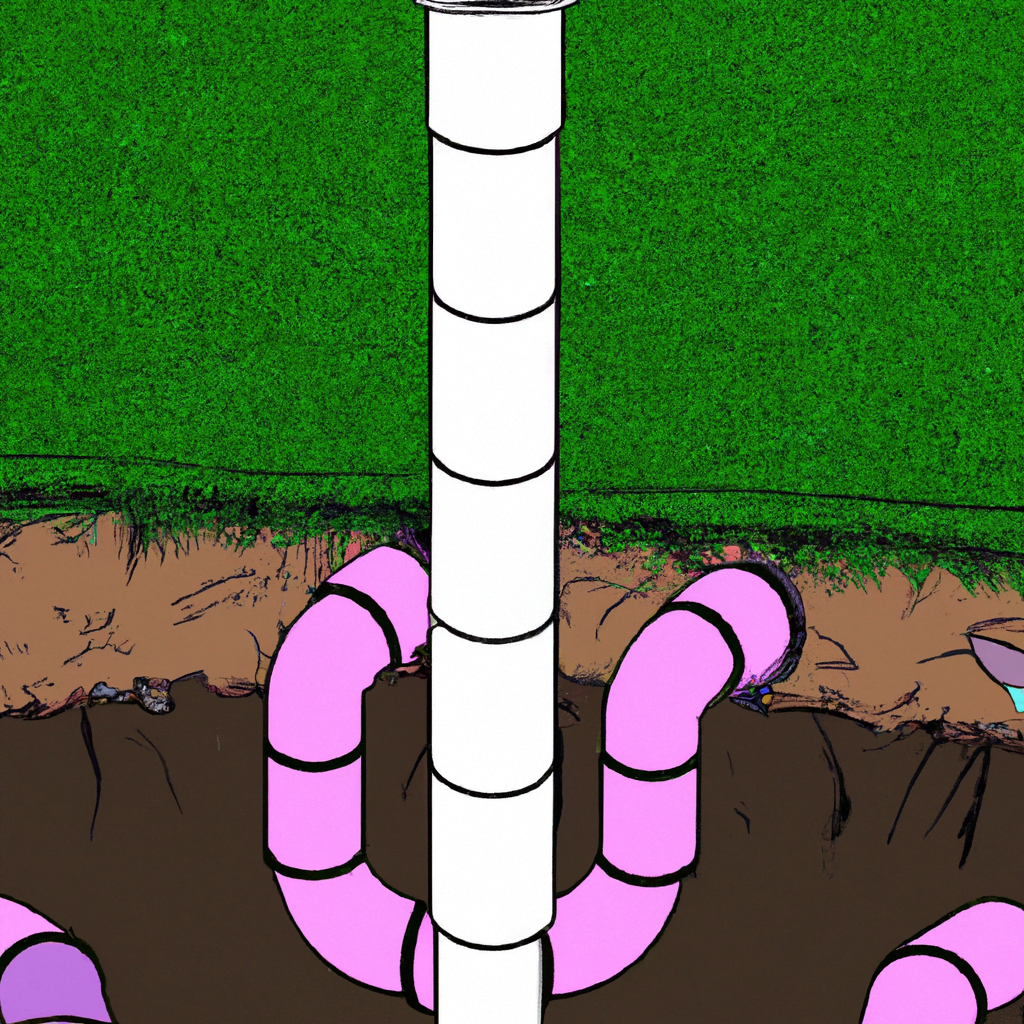The Role of Illustration in Environmental Awareness Campaigns
Illustration plays a crucial role in raising awareness about environmental issues. Through its visual storytelling capabilities, illustration has the power to engage and educate audiences, making it an effective tool for environmental awareness campaigns. This article explores the various ways in which illustration contributes to these campaigns, highlighting its ability to convey complex messages, evoke emotions, and inspire action.
1. Visual Storytelling
Illustration is a powerful medium for visual storytelling. It allows artists to create compelling narratives that capture the attention of viewers and convey complex environmental issues in a simplified and accessible manner. By using visual metaphors and symbols, illustrators can communicate the urgency and importance of environmental conservation.
For example, the “Earth Hour” campaign, initiated by the World Wildlife Fund (WWF), uses illustrations to depict the impact of energy consumption on the planet. The campaign’s illustrations show a darkened Earth with only a few lights on, symbolizing the need to conserve energy and reduce carbon emissions. This visual representation effectively communicates the message of the campaign and encourages individuals to take action.
2. Emotional Connection
Illustration has the ability to evoke emotions and create a strong connection between the audience and the environmental cause. By using vibrant colors, expressive characters, and captivating compositions, illustrators can elicit empathy and concern for the environment.
One notable example is the “Save the Bees” campaign by Greenpeace. The campaign uses illustrations of bees in distress, surrounded by wilted flowers and polluted landscapes. These illustrations evoke a sense of urgency and sadness, prompting viewers to consider the impact of their actions on the declining bee population. The emotional connection established through illustration can motivate individuals to make changes in their daily lives to protect the environment.
3. Accessibility and Inclusivity
Illustration has the advantage of being accessible and inclusive. It can transcend language barriers and reach diverse audiences, making it an effective tool for global environmental awareness campaigns. Unlike text-heavy materials, illustrations can communicate messages quickly and effectively, ensuring that the information is easily understood by people of all ages and backgrounds.
The “Drawdown” project, led by author Paul Hawken, uses illustrations to present solutions for reversing global warming. The project’s book features a range of illustrations that simplify complex concepts and make them accessible to a wide audience. By using illustrations, the project ensures that its message reaches people from different cultures and educational backgrounds, fostering a sense of inclusivity in the environmental movement.
4. Memorable and Shareable Content
Illustrations have the potential to create memorable and shareable content. In the age of social media, where attention spans are short, illustrations can capture the viewer’s interest and encourage them to share the content with others. The visual nature of illustrations makes them highly shareable on platforms like Instagram, Facebook, and Twitter, amplifying the reach and impact of environmental awareness campaigns.
The “Plastic Ocean” campaign by the Plastic Oceans Foundation effectively uses illustrations to raise awareness about the issue of plastic pollution in the oceans. The campaign’s illustrations depict marine animals trapped in plastic waste, creating a powerful visual impact. These illustrations have been widely shared on social media platforms, generating conversations and inspiring individuals to reduce their plastic consumption.
5. Inspiring Action
Illustration has the potential to inspire action and drive positive change. By presenting environmental issues in a visually compelling way, illustrations can motivate individuals to take steps towards a more sustainable future. Whether it’s through encouraging recycling, reducing energy consumption, or supporting conservation efforts, illustrations can serve as a catalyst for behavior change.
The “Choose to Reuse” campaign by the Environmental Defense Fund uses illustrations to promote the use of reusable products instead of single-use items. The campaign’s illustrations showcase the environmental impact of single-use items, such as plastic bottles and disposable coffee cups. By illustrating the benefits of reusable alternatives, the campaign inspires individuals to make conscious choices that contribute to waste reduction and environmental preservation.
Summary
Illustration plays a vital role in environmental awareness campaigns. Its ability to visually communicate complex messages, evoke emotions, and inspire action makes it a powerful tool for raising awareness about environmental issues. Through visual storytelling, illustrations capture the attention of viewers and simplify complex concepts. By creating an emotional connection, illustrations motivate individuals to care about the environment and take action. The accessibility and inclusivity of illustrations ensure that environmental messages reach diverse audiences. The shareability of illustrations on social media platforms amplifies the impact of campaigns. Ultimately, illustrations have the potential to inspire positive change and contribute to a more sustainable future.
